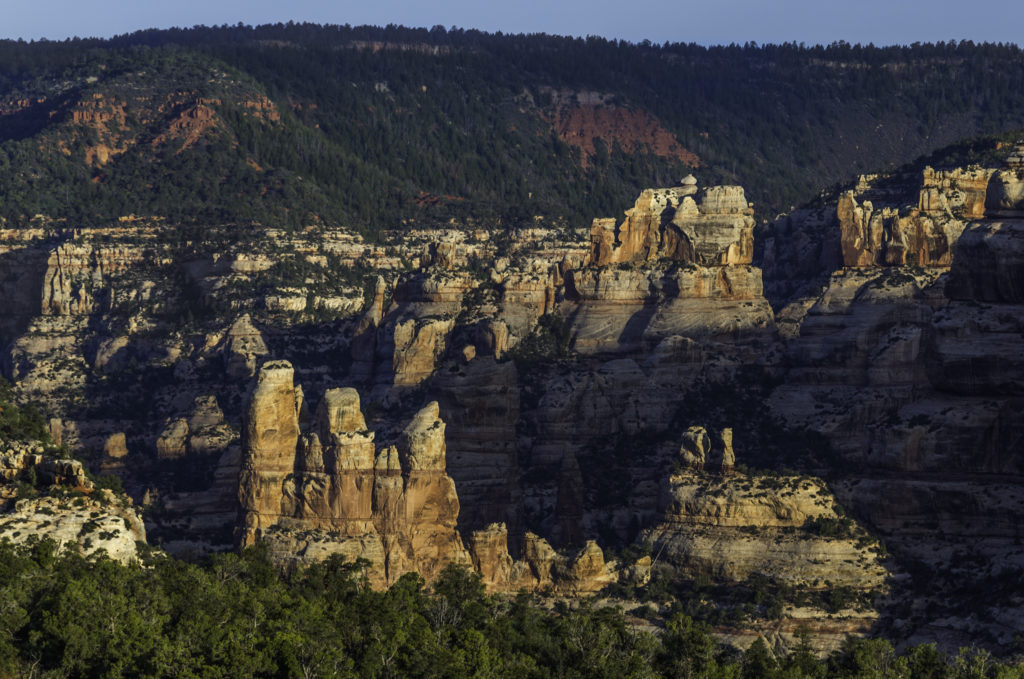Want a say in how the U.S. Forest Service manages public lands and mountain ecosystems in southeastern Utah? Now is your chance!
The Manti-La Sal National Forest, which includes distinct units in the La Sal Mountains outside of Moab as well as the Abajo Mountains and a portion of the restored Bears Ears National Monument, is getting an updated management plan for the first time since 1986! Much of the forest’s Moab and Monticello ranger districts abut lands proposed for wilderness designation in America’s Red Rock Wilderness Act.
The Forest Service has released a draft of the revised plan and is accepting public comments through Thursday, November 16th. Your input is vital to making sure this new plan implements smart, conservation-based management of these ecologically and culturally significant landscapes.
Click here to submit comments now.

The Manti-La Sal spans a diverse and spectacular region that includes aspen groves, mountain lakes, stands of giant ponderosa pine, and rocky crags perched high above Utah’s canyon country. It’s one of the few places where you can stand in a snowy forest of pine and spruce while looking out for hundreds of miles across valleys, canyons, and redrock desert fins.
Most importantly, the forest is a critical watershed of the Colorado Plateau, sustaining life in the surrounding redrock canyon county. With climate change and drought increasing in the West, protecting watersheds fed by mountain snowpack is more important than ever.
The good news is that the agency’s preferred management alternative (Alternative B) is a great start and includes many positive plan components. However, neither this alternative nor, sadly, any alternative currently proposed in the draft forest plan adequately manages the forest for current and future protection of several sensitive and imperiled resources — including native forests and woodlands, wildlife and migratory birds, watersheds, wild and scenic river segments — or addresses the impacts of uses like grazing and mineral extraction. Please urge the Forest Service to adopt Alternative B with several added improvements outlined here.
This revision of this forest plan is a rare opportunity to ensure the Manti-La Sal is managed for years to come to protect its ecological, cultural, recreational, and other important values.
Click here to submit your comments on the forest plan by November 16th.
Thank you!

